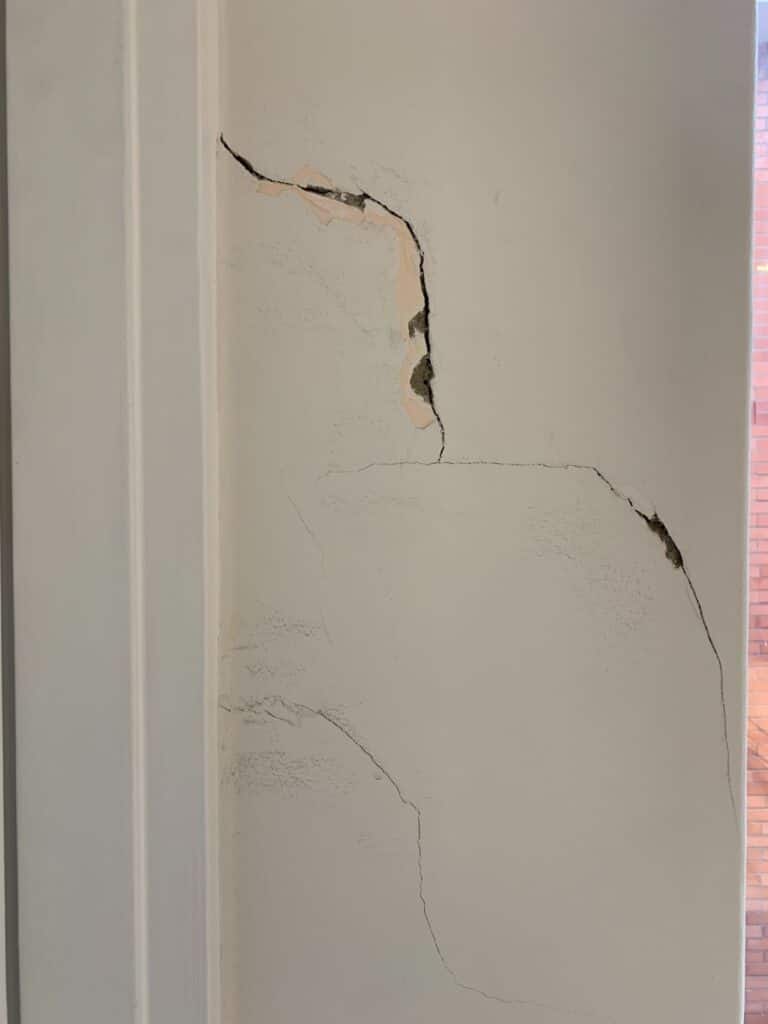
The disadvantages of concrete underpinning are that it is costly, can be obstructive, can be intrusive, and can take a long time to complete.
Concrete underpinning has been a highly effective construction practice for over a century. But there are some disadvantages to using this method that homeowners should be aware of when searching for underpinning contractors in Adelaide.
In this article, we’ll run through some of the advantages and disadvantages of concrete underpinning and explore the alternatives.
5 Main Disadvantages of Concrete Underpinning
The 5 main disadvantages of concrete underpinning are:
- It can be expensive
- Depending on the location, underpinning can be obstructive
- It can be intrusive to underpin internal walls
- Bad access is very challenging
- The underpinning process can take up to 3 weeks

5 Main Advantages of Traditional Underpinning
The 5 main advantages of underpinning are:
- Concrete underpinning has been around for over a century. This method of foundation repairs is a tried-and-true method for repairing and strengthening foundations.
- Traditional underpinning requires engineering expertise. As traditional underpinning needs an engineer to design the plans, you know you’re in safe hands.
- Underpinning rarely fails. When using a licensed contractor, engineered underpinning usually leads to excellent results.
- In case of issues, the underpinning contractor can come back and make the necessary adjustments. With other methods like resin injection, this cannot be done.
- Underpinning is highly effective. There aren’t many scenarios where underpinning doesn’t work.
What is Resin Injection?
Resin Injection is a technique used to stabilise structures and pavements that have undergone displacement caused by differential settlement. Homeowners prefer this approach because it does not involve excavation or the installation of supplementary structural components like underpins.
However, engineers have debated its efficacy, with much controversy surrounding it. Although it has demonstrated its effectiveness in reducing liquefaction beneath buildings caused by earthquakes, its long-term efficiency and success for shallow-founded residential houses experiencing differential settlement on reactive soils remain uncertain.
Is Resin Injection As Good As Underpinning?
No, resin injection isn’t as good as underpinning. It cannot be engineered, and if it fails, it cannot be reversed.
We don’t recommend using a method where you can’t estimate the cost, can not rectify any mistake, or can damage the surroundings permanently.

Can Underpinning Fail?
Yes, underpinning can fail for the following reasons:
- The underpinning was not engineered
- The method of underpinning is not appropriate for the soil conditions
- The foundation is not adequately prepared before underpinning
- The load on the underpinned foundation is too much
All these reasons can lead to failure of underpinning. That’s why working with a qualified contractor with experience in underpinning is very important. Want to know how long does it take to underpin a house? Have a read of this article.
Underpinning is a process of stabilising and restoring the foundation of a house. Having your home checked for any signs of foundation failure is important, as failing to address these issues can lead to much bigger (and more expensive) problems. Contact a local professional for advice if you notice any of the symptoms discussed in this blog post.
In this article, we have been through the advantages and disadvantages of concrete underpinning, whether or not resin injection is as good as traditional underpinning, and whether underpinning can fail. In summary, though it has its drawbacks, underpinning is a sound method for foundation repairs on strip footings and slabs and is much more reliable than resin injection underpinning.




